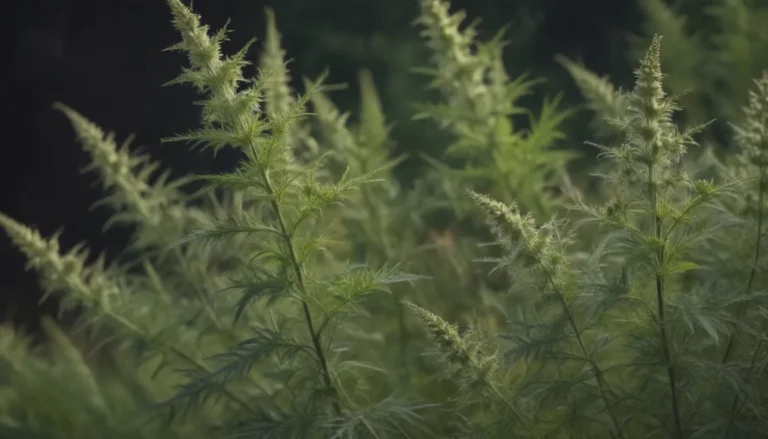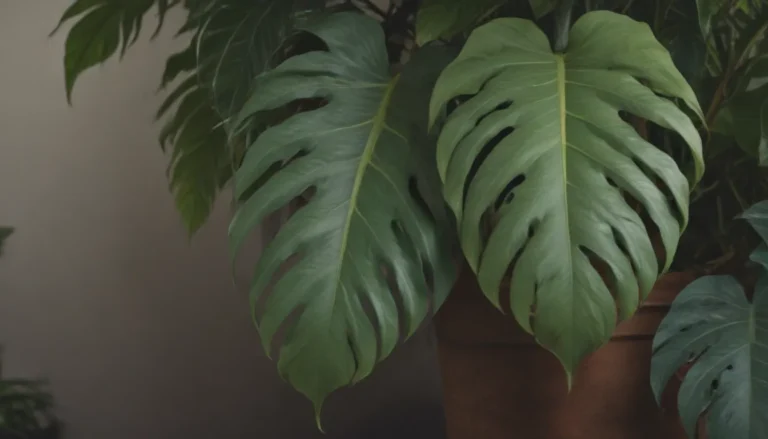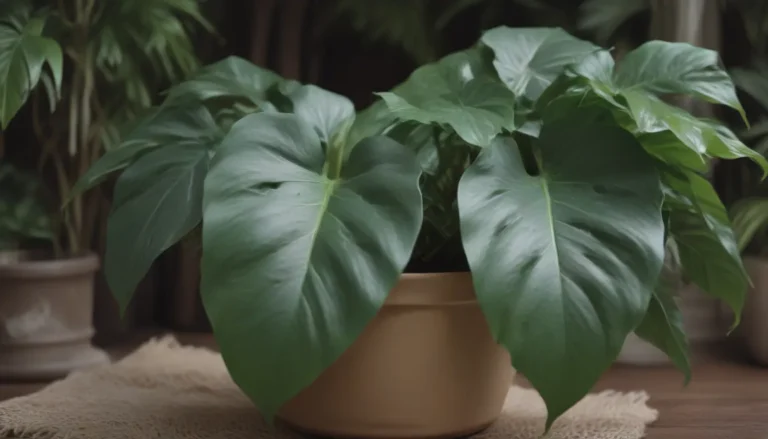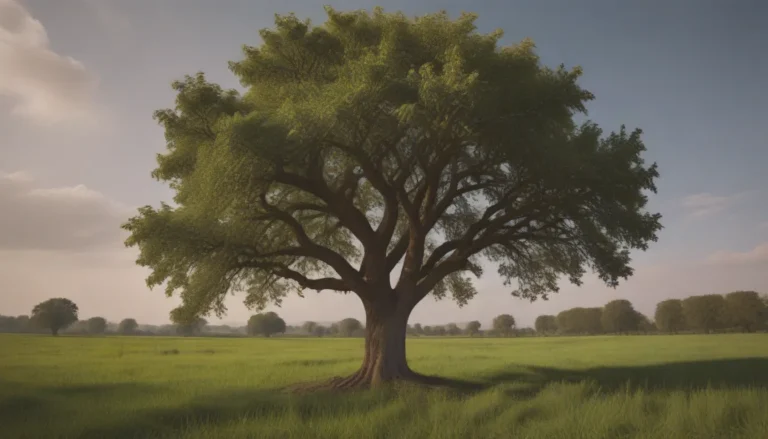The Ultimate Guide to Getting Rid of Poison Ivy

If you’ve ever had a run-in with poison ivy, you know how irritating and uncomfortable it can be. But fear not! In this comprehensive guide, we will explore the most effective methods to permanently eliminate poison ivy from your yard and keep you and your family itch-free. From understanding what urushiol is to learning how to safely remove the plants, we’ve got you covered.
Understanding Urushiol: The Culprit Behind Poison Ivy
Urushiol is the oily toxic substance found in poison ivy, poison oak, and poison sumac. This substance is what causes the infamous itching and blistering reactions when it comes into contact with your skin. Urushiol can remain active on surfaces and objects for up to five years, making it important to take precautions when dealing with poison ivy.
Fun Fact: Urushiol is actually present in all parts of the poison ivy plant, from its leaves to its roots.
Safety First: Removing Poison Ivy Safely
Before you start your mission to eradicate poison ivy from your yard, it’s crucial to prioritize safety. Here are some tips to keep in mind:
- Always wear protective clothing, including long sleeves, pants, boots, waterproof gloves, and eye protection.
- Wash your hands, gloves, shoes, and clothing if you suspect you’ve come into contact with poison ivy.
How to Identify and Remove Poison Ivy
Identifying poison ivy is the first step towards successfully removing it from your yard. Remember the famous rhyme: “leaves of three, let it be.” Here are some steps to safely remove poison ivy:
- Look for the three-leaf clusters and slightly serrated leaves of the poison ivy plant.
- Digging out the plant along with its root system is more effective than pulling it out.
- Dispose of the plant in a sealed garbage bag and avoid composting or burning it.
Effective Methods to Get Rid of Poison Ivy
Now that you know how to safely remove poison ivy, let’s explore some effective methods to eliminate the plant from your yard for good.
1. Smothering the Plants
- Cover the poison ivy with a piece of heavy cardboard or an opaque tarp to deprive it of light and air.
- Leave the cover in place for six to eight weeks, even after the plants appear dead.
- Wear protective gear while pulling out the roots to avoid any contact with urushiol.
2. Making a Natural Spray
- Create a spray using 3 pounds of salt dissolved in a gallon of water and 1/4 cup of liquid dish soap.
- Spray the leaves of the poison ivy plant thoroughly and repeat as needed until dieback occurs.
3. Trying the Boiling Water Method
- Pour boiling water over the crown of the poison ivy plant to kill it.
- Repeat this process every few days until you start to see wilting and dieback.
Tip: Shield surrounding plants with cardboard or a tarp to prevent any damage from DIY sprays.
4. Using Herbicide
- Commercial herbicides containing ingredients like glyphosate, 2,4-D amine, or triclopyr can be an effective solution for killing poison ivy.
- Follow the directions on the label carefully to ensure proper use of the herbicide.
5. Enlist the Help of Goats
- If you have access to goats, they can help eat the leaves and vines of poison ivy.
- Keep in mind that the roots may still remain and grow back annually.
Properly Disposing of Poison Ivy
Once you’ve successfully removed poison ivy from your yard, it’s important to dispose of it safely. Here are some dos and don’ts to keep in mind:
- Avoid using bleach to get rid of poison ivy, as it may have a detrimental effect on your soil.
- Vinegar is a safer alternative for killing poison ivy without harming your surrounding plants.
Additional Resources:
- Everything To Know About Poison Ivy. Des Moines University.
- Poisonous Plants Recommendations. CDC/NIOSH.
- Outsmarting Poison Ivy and Other Poisonous Plants. U.S. Food and Drug Administration.
- Poison Ivy. Clemson University Cooperative Extension.
With these methods and tips in mind, you can reclaim your yard from the clutches of poison ivy and enjoy a itch-free outdoor space. Remember to prioritize safety and take necessary precautions when dealing with this pesky plant. Happy gardening!





